Brendan Jansen: 17 February 2018

In a previous Wine Musing, I discussed the notions of “typicity” and innovation, and how they may relate to each other. I briefly discussed the concept of wine quality also.
As mentioned, wine quality is difficult to define, but is often spoken about in terms of the degree of complexity of wine bouquet and flavours, the length and persistence of these flavours on the palate, the intensity of aromas and taste, and the overall balance of the core elements of the wine. These core elements, depending upon the style of wine, variably comprise alcohol, acidity, fruit flavours, tannins and sweetness. This notion of balance is also key to the concept of ageability, or the ageworthiness of a wine, though this multiplex issue is also linked to other aspects of quality mentioned here. In addition, we might infer a wine’s quality by the quality of oak we perceive in the wine, acknowledging the cost associated with the use of high quality barrels (though aforementioned balance is also salient). The development of a wine as it sits before us in the glass, when it evolves to emanate varied primary, secondary and even tertiary aromas, also adds to our enjoyment and appreciation of a wine. Finally, the notion of the “typicity” of a wine is often viewed as one of the indicators of a wine’s quality. By this is meant the degree to which a wine is representative, “classic”, distinguishing, prototypical, even archetypal, of a particular wine. Though sometimes referred to a variety, the term more fittingly describes, I believe, the “whole package” – of variety, style, winemaking, origin – dare I say, terroir.
In assessing a wine, we rely on some of the above descriptive terms, but can wine appraisal ever be truly objective? There are two extremes in the argument: the first is that wine appreciation is wholly subjective – “You know what you like, and that is the only important thing…” This position holds that, it does not matter what others think, what the individual enjoys, and regards as desirable, is all that matters.
The alternative view, in the extreme, is that wine quality assessment is a wholly objective exercise: that, if sufficiently trained, “experts” can assess, with reliability and precision, how good (or not) a wine is.
Of course, arguments for and against both positions can be mounted. The area broadly fits into the philosophical question of aesthetics. In support of the former (subjective) position, many of my most enjoyable wine experiences have been based upon company, ambience, occasion – and have not always been with expensive wines or those (objectively regarded) of quality. Yet can quality assessment be divorced from enjoyment?
This is an area that, understandably, often polarises. I am of the view that, even though there are certain styles of wine that I prefer, the objective assessment of wine quality along the lines of length, balance, intensity and complexity, is possible. I can appreciate the quality of a wine style I do not personally enjoy and would not ordinarily purchase to drink.
In further support of the latter argument, just as a student of music or architecture can appreciate the nuances of a great symphony and the artistic details of a wonderful cathedral, and use a language to describe them, so too, I think, can a student of wine assess and describe a wine. There is some tacit support of this in the way that wine scores from so-called “experts” are sought by consumers, and wine show results used as a marketing tool.
That is not to say that individuals without any theoretical knowledge of, say, music or architecture, cannot appreciate a wonderful piece of music or stunning edifice. Yet we know that the likes of Beethoven, Bach and Mozart are all recognised “objectively” as creative geniuses. We may prefer the Baroque epoch to the Classical or Romantic, but that is the realm of personal taste – the genius of Beethoven or Mozart is unarguable.
I tend, however, to add two other dimensions to my tasting notes: the first is “quality-price ratio”, and the second, “drinkability”. I find that, when assessing wines in an industrial or commercial setting, these two aspects most influence the likelihood I will go on to purchase.
My most thrilling wine moments have been, however, when I have been moved by a wine, when it has so captured my senses as to transport me to another place….without, I might add, the excuse of intoxication!
More wine musings to come…!




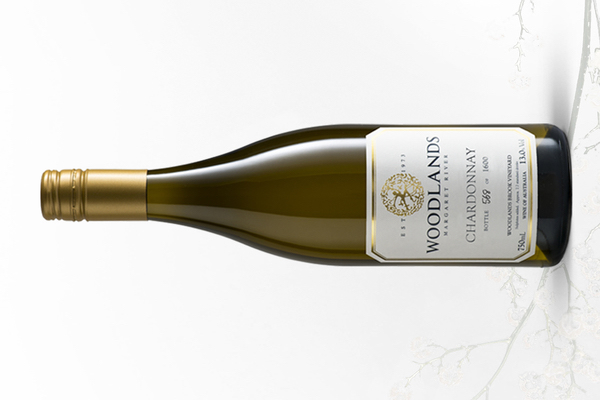
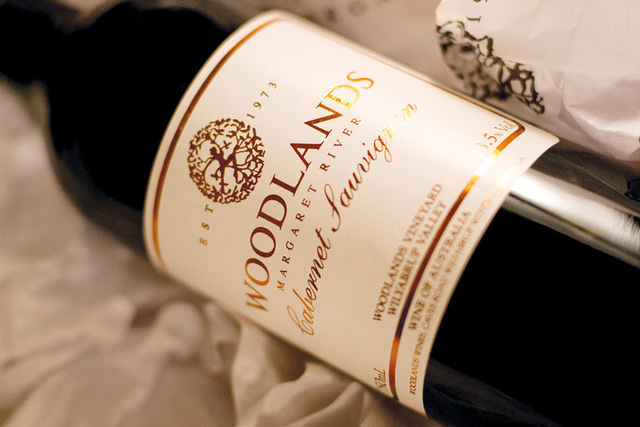
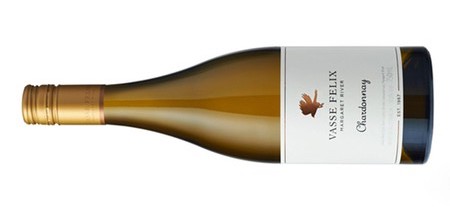
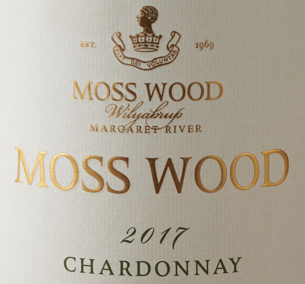
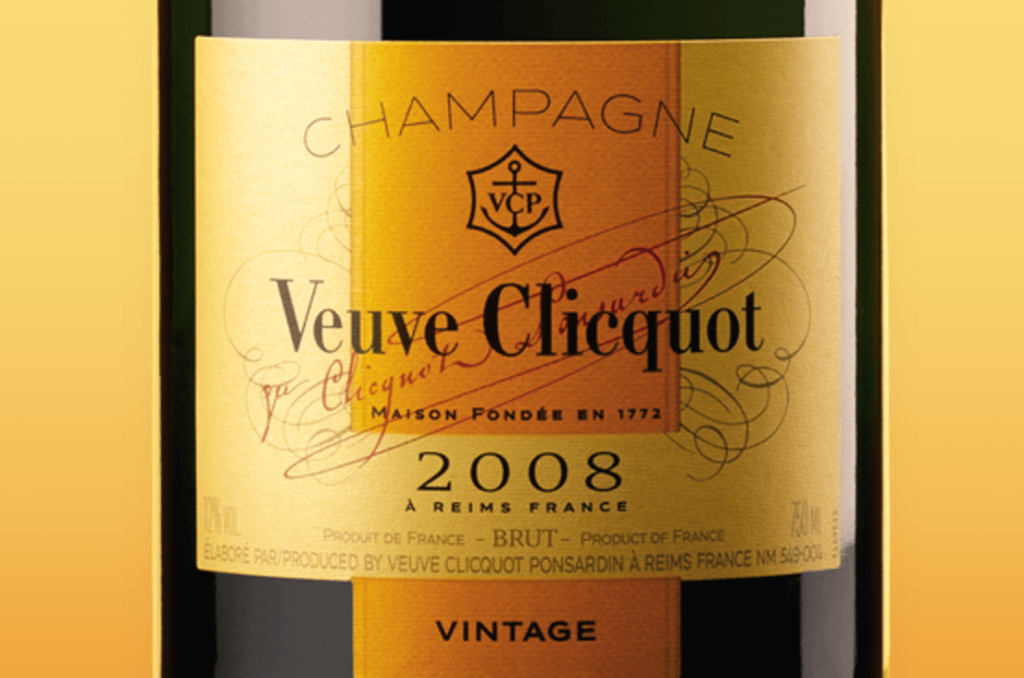
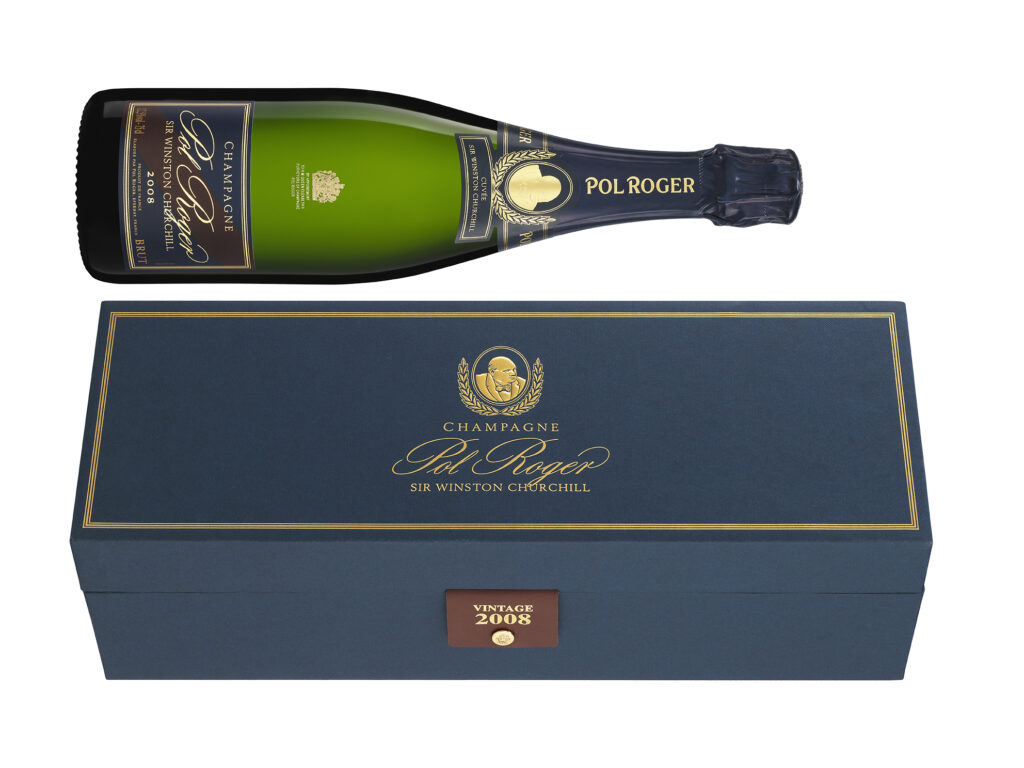

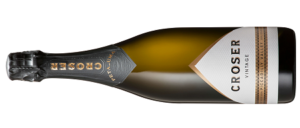


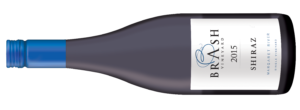 Brash – Shiraz – 2015 (17.8/20pts). Dark cherry fruit and cooler, herbal notes on the nose. The palate displays high quality fruit, with excellent intensity, texture and length. Fine tannins that are actually quite silky add to the balance. Needs a few years to open up, but a smart wine.
Brash – Shiraz – 2015 (17.8/20pts). Dark cherry fruit and cooler, herbal notes on the nose. The palate displays high quality fruit, with excellent intensity, texture and length. Fine tannins that are actually quite silky add to the balance. Needs a few years to open up, but a smart wine.